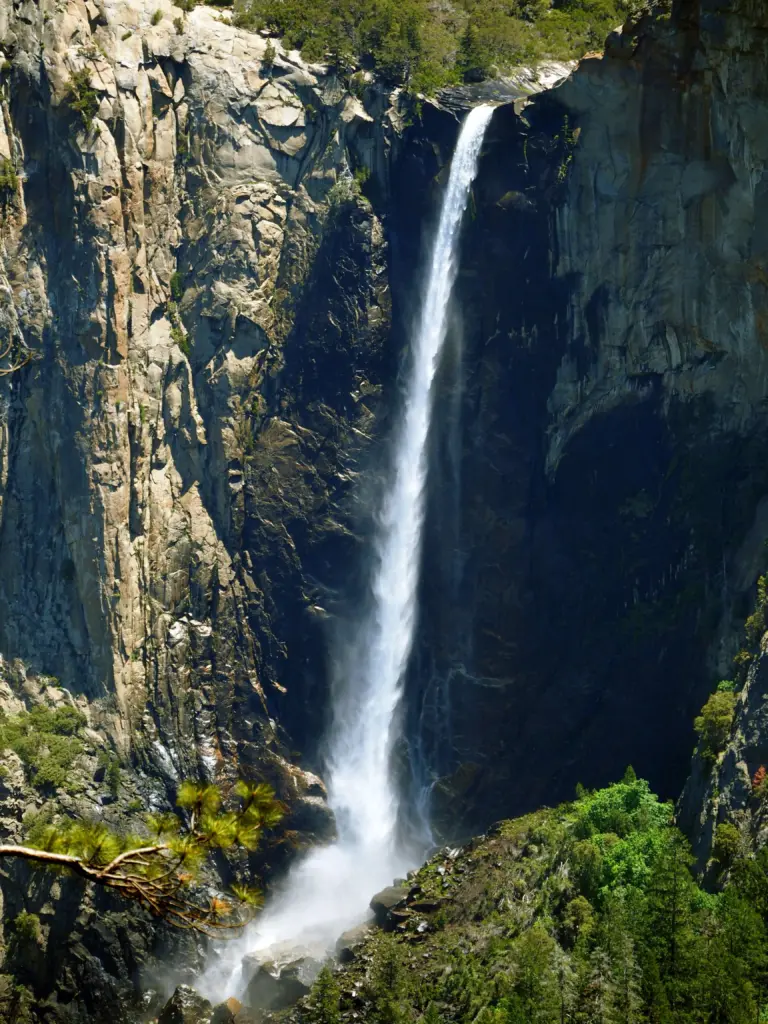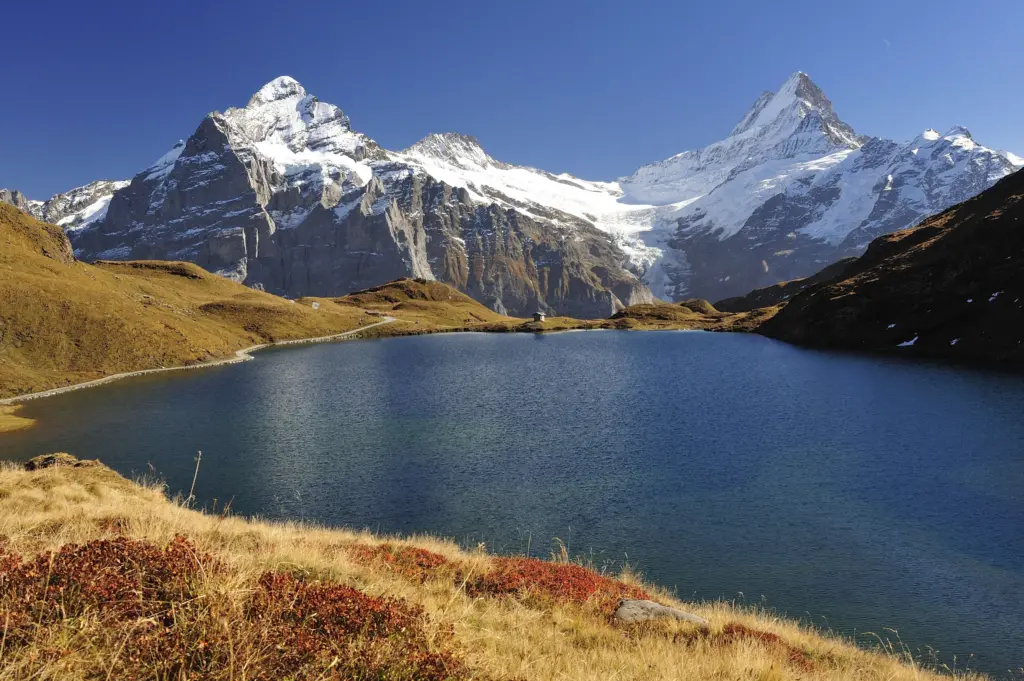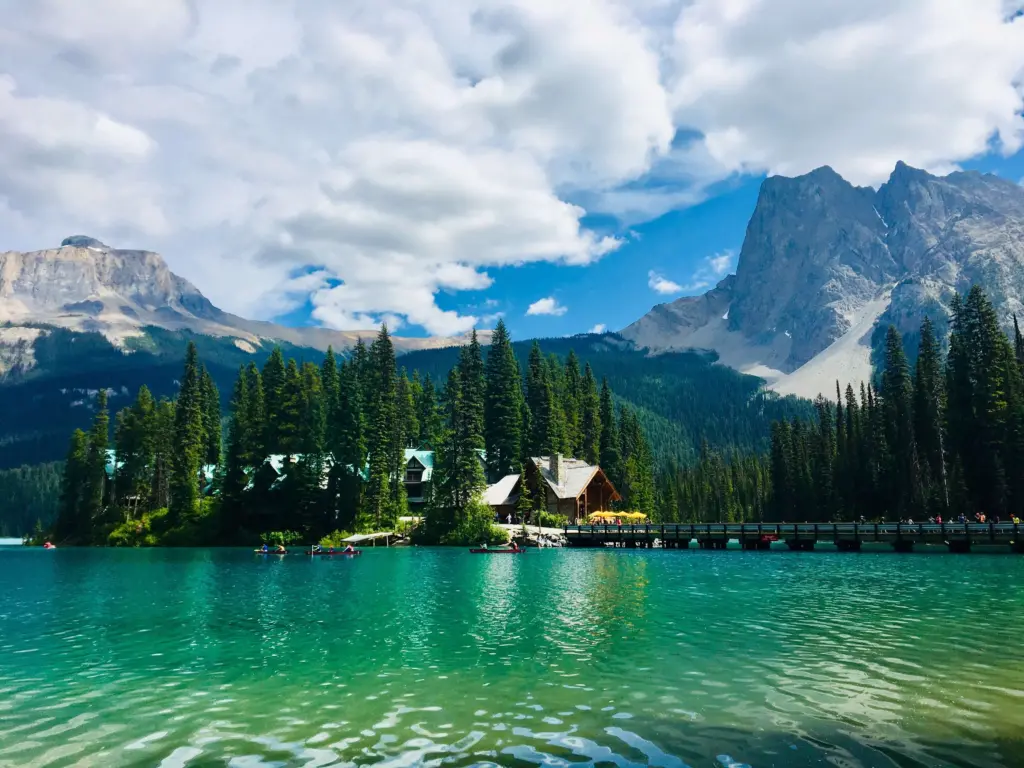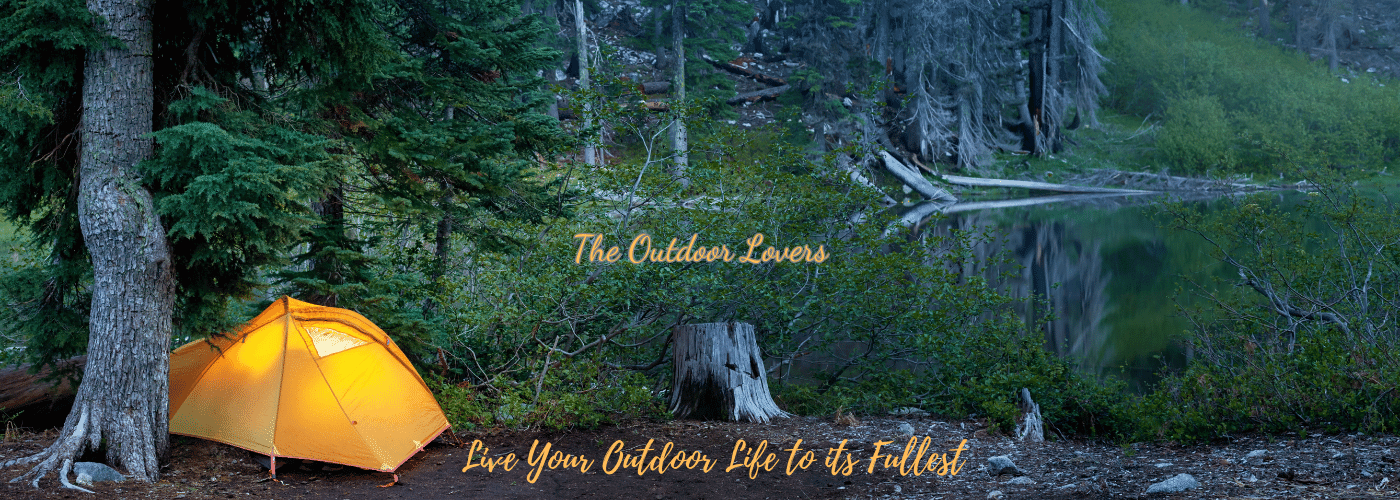Yoho National Park is located in the heart of the Canadian Rockies. It is a breathtaking wilderness that beckons outdoor enthusiasts from around the world. Spanning over 1,300 square KM, this park is known for its; stunning mountain vistas, shimmering lakes, and cascading waterfalls. Yoho National Park offers some of Canada’s most unforgettable hiking experiences. From thrilling alpine treks to scenic lake loops, there’s something for everyone to enjoy. So, Here are the best hikes in Yoho National Park:
The 5 Best Hikes in Yoho National Park:
Hike 1: Iceline Trail

The Iceline Trail is a challenging but rewarding hike that takes you through a dramatic alpine landscape. This full-day adventure offers hikers; a chance to witness awe-inspiring glaciers, sparkling turquoise lakes, and panoramic mountain views. Embarking on the Iceline Trail is like hitting the bull’s eye – an experience that truly captures the essence of Yoho National Park.
The trail spans approximately 20 km and is rated as brutal. So, it’s essential to be prepared both physically and mentally. Bring plenty of water, energy-packed snacks, and essential hiking gear. Starting early in the day not only allows you to beat the crowds but also ensures enough daylight to immerse yourself in the trail’s beauty fully.
Hike 2: Takakkaw Falls to Twin Falls

The Takakkaw Falls to Twin Falls hike a thrilling journey that gives a breathtaking path experience within the heart of nature. With its slight difficulty stage, this path is appropriate for both seasoned hikers and enthusiastic beginners. Along the path, hikers are led to an enthralling show of astounding waterfalls that develop a symphony of cascading splendor. These waterfalls function as awe-inspiring milestones, charming your senses and presenting possibilities for beautiful pictures.
As you traverse the path, keep an eye out for numerous factors of hobby and be organized for natural world encounters. From the vibrant flora and fauna to the occasional glimpse of elusive creatures, this hike promises attraction at each flip. To completely experience this hike, plan for a recommended time of entirety, allowing about six to eight hours to appreciate the surroundings fully. However, ensure your protection stays paramount throughout the journey. It is essential to stay on marked trails, avoiding venturing too close to the waterfalls’ edges.
Additionally, be cautious on slippery sections and steep terrain, taking measured steps to save you from injuries. While encountering the natural world is an exciting prospect, it is essential to keep in mind to look at them from a safe distance and prevent them from coming near or feeding them. Carrying bear spray and knowing how to use it’s far relatively recommended in case of sudden wildlife encounters. As you embark on this fantastic journey, heed these warnings to ensure memorable and secure treks.
Hike 3: Lake O’Hara Alpine Circuit

For the ones in search of an alpine adventure like no different, Lake O’Hara Alpine Circuit is an absolute gem. This hike offers the best of both worlds, the serenity of pristine alpine lakes and breathtaking vistas as a way to go away. However, it’s important to say that entry to Lake O’Hara is restricted and requires a reservation in advance. This precaution keeps the sensitive alpine ecosystem and guarantees a more tremendously peaceful and exciting experience for the hikers.
The Alpine Circuit is a difficult trail that highlights the park’s stunning landscapes, such as glaciers, rugged peaks, and colorful wildflower meadows. The attempt to book a reservation is well worth it, as this hike lets you look at Yoho National Park from a specific perspective. Remember to bring extra layers as climate conditions change rapidly at higher elevations. Bring a map, compass, or GPS device to navigate the circuit effectively.
Hike 4: Emerald Lake Loop

The Emerald Lake Loop is a scenic and accessible hike for all talent levels. This picturesque path winds its manner across the tranquil waters of Emerald Lake, offering breathtaking views of the encircling mountains and dense forests. This hike is a possibility to see eye to eye with nature’s splendor as you walk along the nicely maintained direction. The loop covers a distance of about 5.2 kilometers and may be completed in a leisurely couple of hours.
Along the way, take advantage of interpretive symptoms that provide insights into the park’s plants, fauna, and geological records. This hike allows you to soak in the peaceful atmosphere of Yoho National Park while appreciating its numerous environment. Remember to deliver your camera and seize the enchanting reflections of the mountains on the emerald-green waters of the lake.
Hike 5: Burgess Shale Fossil Beds

The Burgess Shale Fossil Beds hike offers a unique opportunity to step back and discover the historical secrets and techniques hidden within the rocks. This trail is well-known for its terrific fossil discoveries, imparting valuable insights into the evolution of existence on Earth. This hike is like letting the cat out of the bag as you uncover the fascinating testimonies in the geological formations. To explore the Burgess Shale fossil websites, it’s far necessary to book a guided excursion properly in advance, as access is restrained from defending the delicate fossils.
Guided tours offer professional information and ensure the maintenance of this widespread scientific helpful resource. This hike is a chance to witness firsthand records and admire the complicated details that fossils monitor. As you embark on this adventure, stay on specified paths and bring a magnifying glass or small digital camera to admire the wonders of the Burgess Shale.
General Tips for Hiking in Yoho National Park
A. Best time to visit and weather conditions:
– The exceptional time to visit Yoho National Park for hiking is all through the summer months, from June to September, whilst the climate is usually milder and the trails are more on hand.
– However, it is vital to notice that weather conditions can be unpredictable in the mountains, so constantly be organized for surprising changes in temperature, rain, or even snow.
B. Safety guidelines and precautions:
– Research the path conditions and issue stages before embarking on a hike. Choose trails that shape your skill level and physical health.
– Inform someone of your hiking plans, including the trail you’ll be taking, your expected go-back time, and any alternative routes you can remember.
– Familiarize yourself with trailhead places and parking preparations to make sure a smooth beginning to your hike.
– Take breaks and listen to your body. Rest when needed and stay hydrated to prevent exhaustion and accidents.
– Respect path closures or warnings because of natural world disasters or weather conditions. These closures are in place to make sure your safety and the maintenance of the park’s atmosphere.
C. Leave No Trace principles and environmental responsibility:
– Follow the Leave No Trace concepts, including packing out all trash, eliminating waste nicely, and undisturbed natural and cultural artifacts.
– Stay on designated trails to decrease the impact on fragile plants and natural world habitats.
– Keep a safe distance from wildlife and avoid feeding or drawing close to them. Observe from afar and use binoculars or a camera for a closer appearance.
D. Recommended equipment and packing list:
– Sturdy and snug trekking boots that offer ankle support.
– Weather-appropriate garbs, such as layers for variable temperatures, a water-resistant jacket, and moisture-wicking socks.
– A nicely equipped backpack with essentials such as water, snacks, a first aid kit, sunscreen, insect repellent, a map, and a compass or GPS device.
– Hiking poles for brought stability and support on challenging terrain.
– Bear spray for protection in case of wildlife encounters. Please familiarize yourself with its utilization before your hike.
E. Emergency contacts and communication:
– Save the emergency Smartphone numbers of the park’s traveler center and local emergency offerings on your Smartphone or bring them on a printed list.
– Ensure your cell phone is charged before taking off on your hike, but be aware that a few regions may also have limited or no cellular reception. Consider bringing a transportable charger.
F. Additional Advice:
1. Inform a person of your trekking plans and expected go-back time.
2. Familiarize yourself with trailhead places and parking preparations to keep away from any confusion or delays.
3. Take regular breaks and concentrate on your body. Resting and pacing yourself will assist in saving you from exhaustion and decrease the threat of accidents.
4. Respect path closures or warnings because of flora, fauna pastimes, or climate conditions. These measures are in place to protect both visitors and the herbal surroundings.
By following those fashionable suggestions, you can ensure secure and fun trekking revel in Yoho National Park while minimizing your effect on the pristine surroundings. Remember to be organized, live informed, and embrace the wonders of this breathtaking Canadian gem.
Additional Resources
If you are looking for more tutorials, walkthroughs and troubleshooting about camping and enjoying the outdoors, here are some additional posts to check out:
Conclusion
Whether you pick the challenging Iceline Trail, the picturesque Emerald Lake Loop, or any of the other hikes stated, you are in for a journey that mixes the nice of each world: breathtaking natural splendor and a chance to hook up with the exceptional outdoor. So, forget the hesitation, let the cat out of the bag about your trekking plans, and, long story short, seize the opportunity to discover the wonders of Yoho National Park. It’s your turn to enjoy these unforgettable hikes and make memories that will last a lifetime. The ball is in your court!
Thanks for reading! If you think I forgot something or if you simply want to share a story or some advice, feel free to leave your comment below.! Be safe and happy hiking.!

